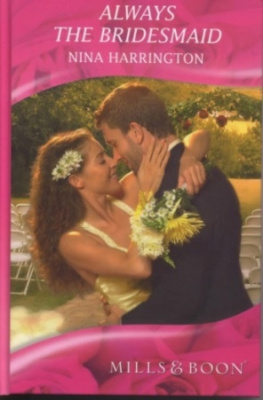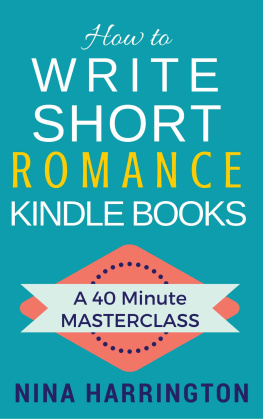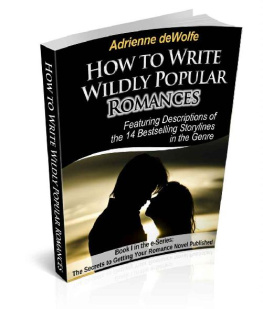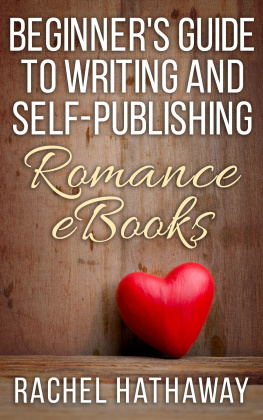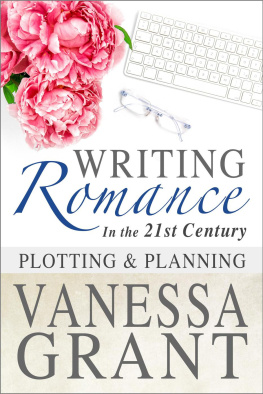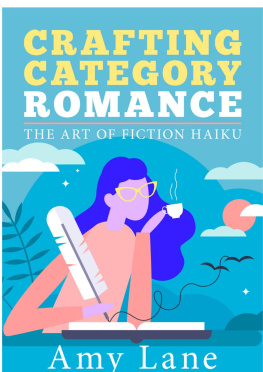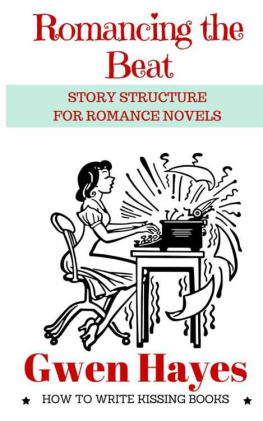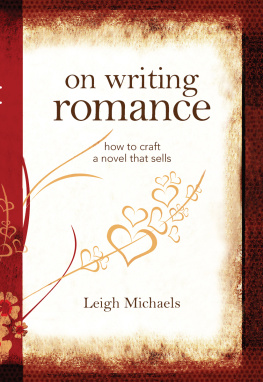HOW TO PLOT ROMANCE FICTION
KEEP YOUR PANTS ON! HOW TO OUTLINE A ROMANCE NOVEL WHEN YOU ARE AN INTUITIVE WRITER
Nina Harrington
ninaharrington.com
Published by NinaHarringtonDigital
YOUR FREE GIFT
As a way of saying thank you for purchasing this eBook, I am offering a Free Video Training Course with everything you need to Outline Your Romance Novel Fast!
Click HERE to Receive Your Free Video Training Course

Table of Contents
Introduction

How to outline a romance novel when you are an intuitive writer, dont know a thing about story structure and the whole idea of pre-planning a novel freezes you!
Are you an intuitive and organic writer? A pantser who loves to write into the mist and see what happens?
Does the idea of having to plan your romance novel in advance freeze you, even though you are afraid of getting lost or never finishing a new story?
In the modern publishing world any successful fiction writer has to become more productive and prolific than ever before. But so many of us start off a new project bouncing with enthusiasm and energy, excited about our characters, but the brilliant story idea somehow does not come to anything. We get lost on the way and hit the middle slump, and never reach the end.
You know what happens when things go wrong and you dont think your story is working. You lose momentum. You lose interest. You stop and move on to the next shiny new story idea which is untainted by your sense of frustration and failure.
There are way too many half written stories that get dragged out every November during NaNoWriMo only to be put away again.
As a fulltime writer I know how easy it is to get distracted and confused by all of the different story structure elements that need to be in place to create a powerful romance.
You dont have to be. There is a middle way between meticulous story plotting and full on organic writing.
Emotional Story Structure.
Here is the secret. When you are planning to write a new story, all you need to focus on are the characters, and how they are going to change during the course of the romance as a result of the relationship.
Instead, we use the power of character arc and emotional conflict to create a simple but effective emotional story map for your romance novel.
As you write your romance, your characters will come to life on the page and reveal their true personalities through what they say and do. That is what will make your story both unique and compelling.
Why is emotional story structure so powerful?
Because it all comes from your characters. The hero and the heroine are going to drive your story.
This is not a new technique. On the contrary, screenwriters and commercial advertisement agencies know that every minute of a movie or video clip has to be designed and plotted to create a specific emotional response in the viewer.
Not convinced? Look at the sixty second commercials for Budweiser beer which uses shire horses and other animals as the main characters.
Not a dry eye in the house.
Thats the power of emotional story structure.
They are not just selling beer, they are selling beer through a story with characters and struggle and hope and love and sacrifice and courage and redemption. And it was only one minute long.
Just think what you can do with 50,000 words.
Emotional structure gives any writer a solid framework to hang the action and story onto so that the novel or movie is a rollercoaster emotional and adrenaline fuelled ride that readers and audiences will love. We are already experts at accessing the memories of all of the stories that we have experienced and recreating that story pattern in a fresh way.
But you will never find out unless you can get those characters onto the page and interacting with one another as they fall in love and reveal their secrets.
That is why the 6-Step story development system is so useful. It is the quickest way to get your characters talking and walking and revealing their inner conflicts and deep desires.
You can use emotional story structure to:
#develop your characters and know them from the start
#create powerful opening scenes in your romance novel
#kick start your imagination in every scene
#sketch out the key signposts from the start to the end of the romance so that you know that you will not get lost on the way, but still have the flexibility to go down interesting side tracks. You are not held rigidly to a fixed route.
Ready to find out more?
An idea is a point of departure and no more. As soon as you elaborate it, it becomes transformed by thought. Pablo Picasso

Chapter One. The Intuitive Writer
I dont know about you, but how many times have you heard that you must create a brilliant synopsis for your novel before a literary agent or submission editor will consider your book?
So you have to either:
#write the entire book to discover the story in the process, and then submit the synopsis, or
#outline the book in advance and in the process risk killing any motivation you have to write it.
Perhaps that is why so many of us convince ourselves that there is no way that we can outline an entire book that is simply not our process.
Lets begin by killing a few myths that intuitive writers tell themselves

Myth One.
Oh, I am totally right brained. I couldnt possibly plan out anything before I start to write.
Not true.
The idea from the 1970s that all of the creative processes are carried out in the right brain and the logical sequential processes totally in the left has now been debunked, and replaced instead by multiple studies which have shown that the brain does have distinct regions, but neural networks across the entire brain work together to build the abstract concept that we call imagination.
The exact detail is still unclear but it is certainly complex and involved all parts of the brain associated with our higher reasoning.
The human brain is truly remarkable. It only weights about three pounds and is small enough to hold in your two hands, yet it controls higher functions which control every aspect of our lives.
Including how we read and write.
Recent studies in neurology have indicated that our ability to speak and interpret spoken sounds is much older than our ability to write.
When we learn to read and write we have to train our minds to associate symbols with sounds and then the sounds to words, but we were born with the capacity to learn language and communicate through speech.
The language and sequential centres in the left hemisphere of the brain translate the pictures and symbols coming in from the right hemisphere into words and sounds.
Those images and pictures are also processed by the limbic system which adds layers of emotional context before they are passed on.
The corpus callosum connects the right and left hemispheres, so that signals from the visual cortex can be translated in the parietal lobe into words through a series of complex connections and brain processes which engages all of the higher functioning parts of the brain.
Next page
